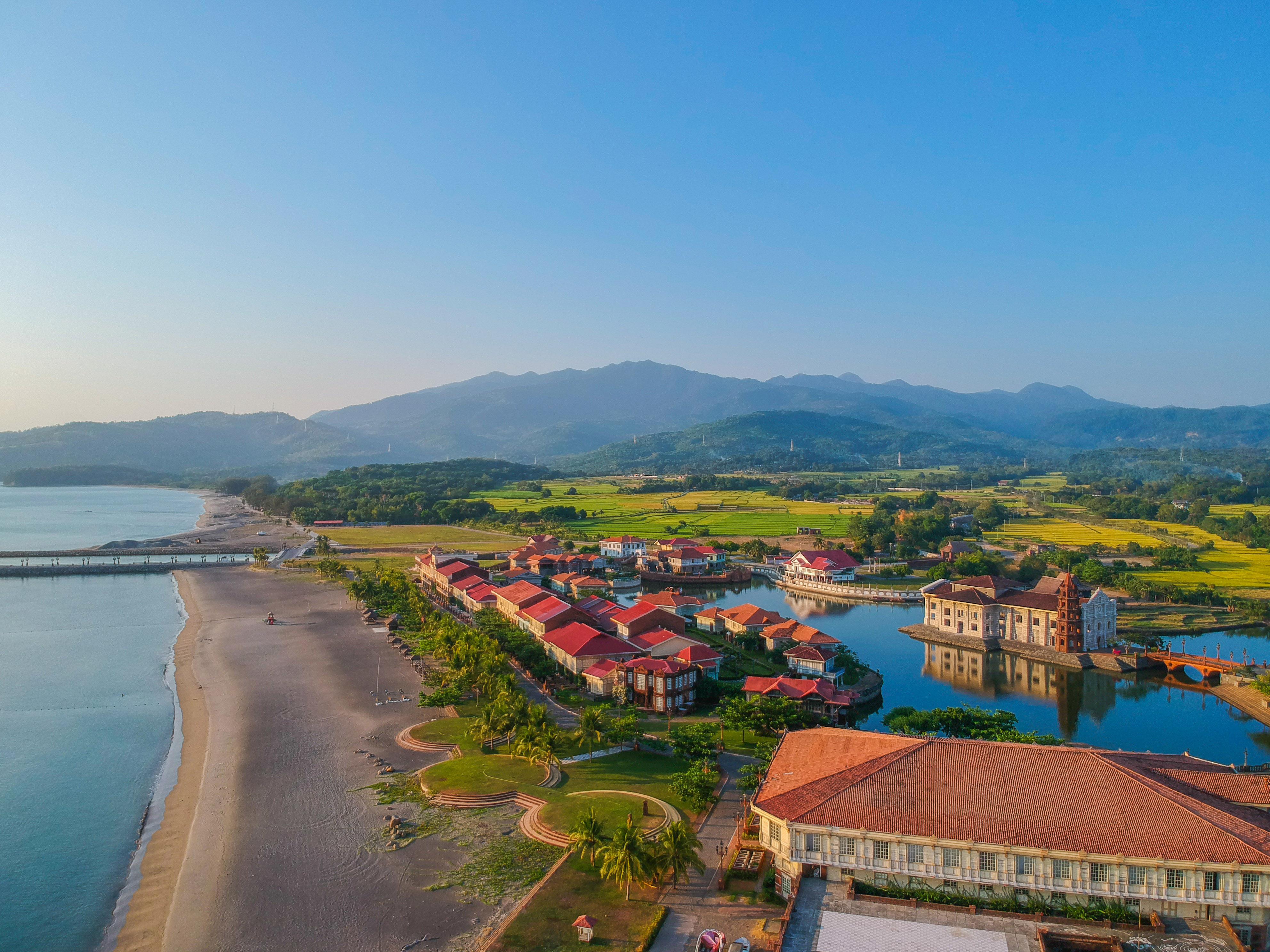With the ongoing prevalence of the COVID-19 global pandemic, countries all around the World have closed their borders to foreign travellers which as a result, is taking a devastating toll on the whole of the tourism industry. Despite this, people are still booking trips for future travels.
According to the latest bulletin of Asia-Pacific Economic Cooperation (APEC) released on Tuesday, June 9, the COVID-19 pandemic will set back international tourism arrivals to a staggering 58% to 78% by the end of this year.
The APEC Tourism Working Group also highlighted that the impact of the COVID-19 crisis to the tourism industry is alarmingly five times worse than that of the 2008 global financial crisis.
Of the total 75 million jobs in jeopardy worldwide, 2.1% is from the travel and tourism industry.
With lockdown measures grounding flights, major commercial airline companies have had to file for bankruptcy. Just this week, more airlines have announced a second round of job cuts—laying off pilots to cabin crews.
Philippine Tourism Industry Outlook
However, despite all of this, people are still booking flights for future flights and vacations.
In an online forum of the German-Philippines Chamber of Commerce and Industry (GPCC), Blue Horizons Travel and Tours, Inc. General Manager Gregor Zajc gave a picture of the country’s tourism industry before and during the pandemic.
In 2019, the country recorded 8.26 million of international visitors, 15% higher than the figures for the previous year with the top international arrivals coming from South Korea, China, the United States, Japan, Taiwan, Australia, Canada, United Kingdom, Singapore, and Malaysia.
The travel industry contributed 12.7% to the Philippine economy—providing jobs for 5.4 million people.
With the Covid-19 outbreak and quarantine measures implemented since March, tourist arrivals in the country fell by 54% to 1.3 million from January to April 2020. During the 2.8 the same period in 2019, the Philippines welcomed 2.8 million visitors.
Zajc added that hotels, travel agencies, and tourism establishments are closing as they can no longer weather the impact of the pandemic on their businesses.
To mitigate the damage in the travel and tourism sector, Zajc said stakeholders are adapting measures so travelers can fly again.
He mentioned that certain countries will forge agreements whereas they will be allowing travel only between the nationals of these countries, or create a safer travel bubble.
He cited that Australia and New Zealand are in talks for a travel bubble between their countries.
Zajc added that similar initiatives are being done in Association of Southeast Asian Nations (Asean), where the Philippines is a member country.
“The industry is actively working on to enable possible travelers,” Zajc said.
He added that travelling within neighboring countries through travel bubble agreements is more likely in the near future than flying across continents.
For instance, it is now seen that there are lesser flights between Asia and Europe, while airfares are also expected to increase, which will be the key challenges for travelers for long haul flights.
People Motivated to Travel
Zajc remains optimistic with the travel and tourism industry despite the abundance of challenges. “There’s the motivation and desire from travelers that they want to travel again,” Zajc said.
For his company, he noted that they are receiving bookings for future travels starting with November and onwards. “We are receiving bookings, although not at the level we had before, but there’s the desire from travelers,” he added.
The primary concern for travel considerations are flexible booking conditions, healthy and safe environment in their travel destination, and travel deals.






